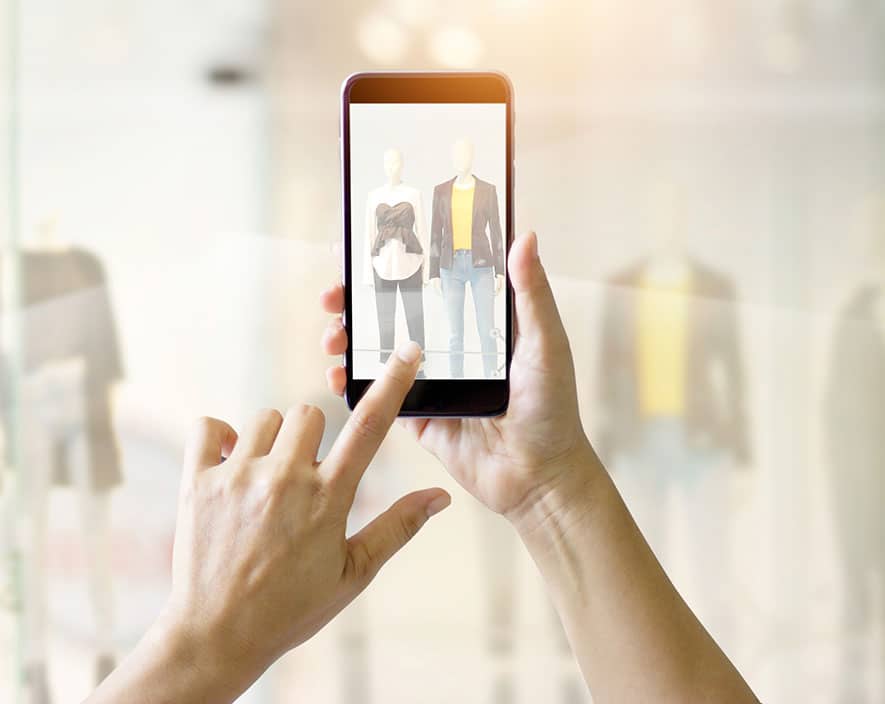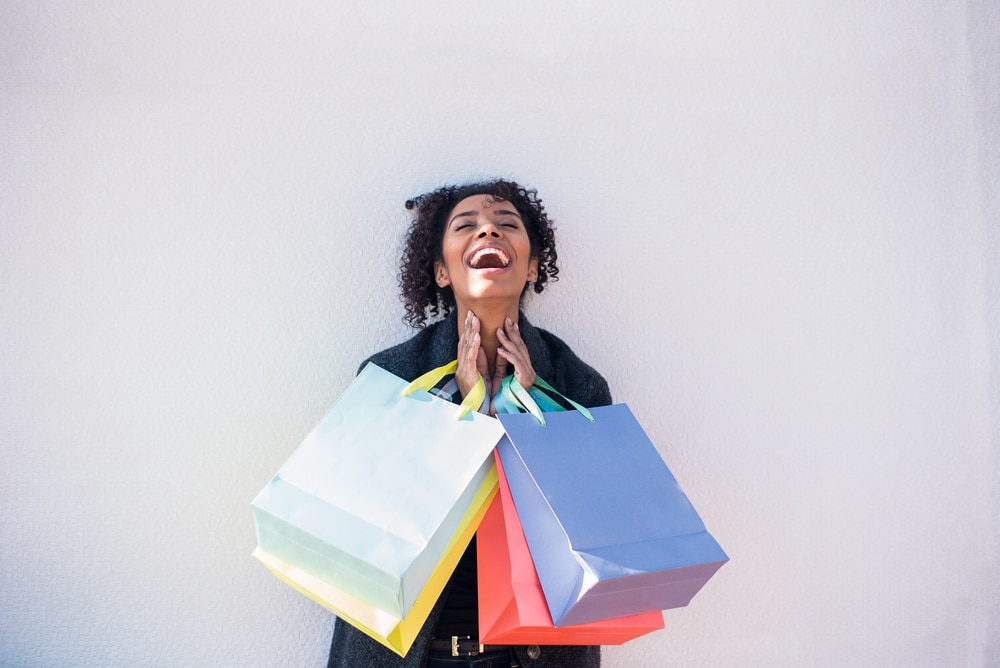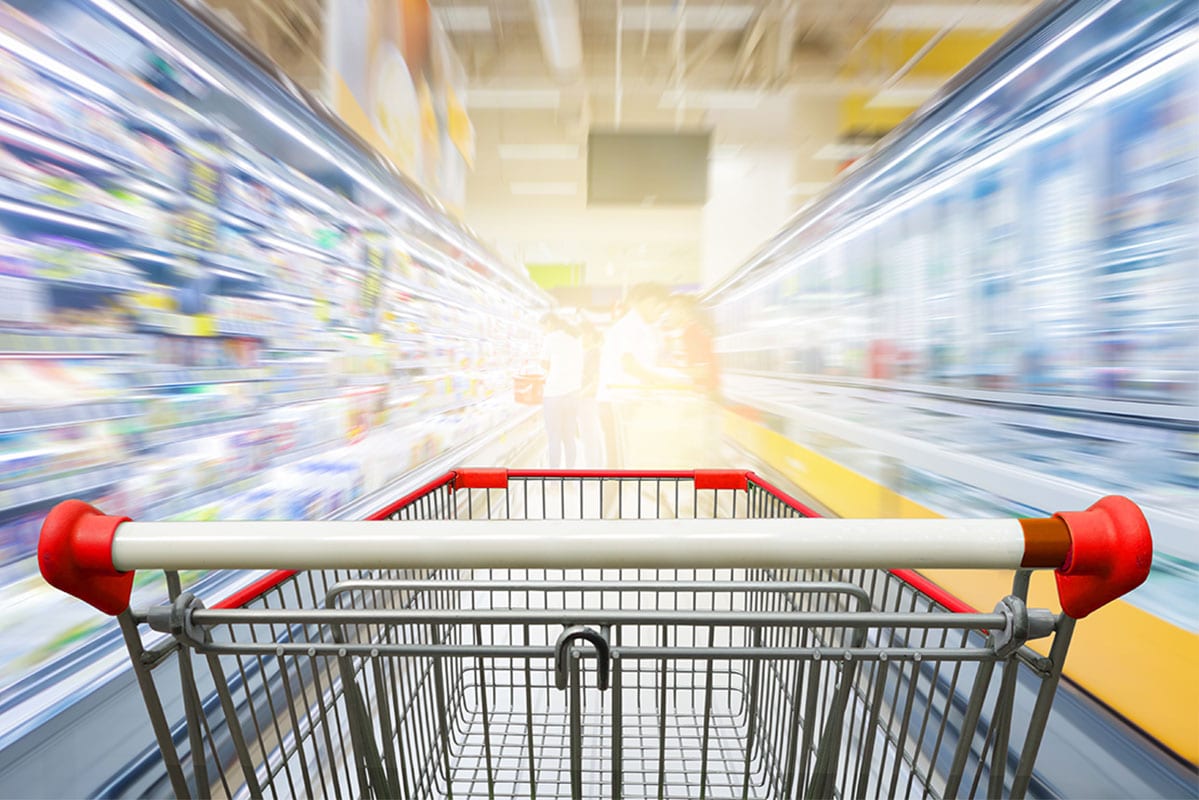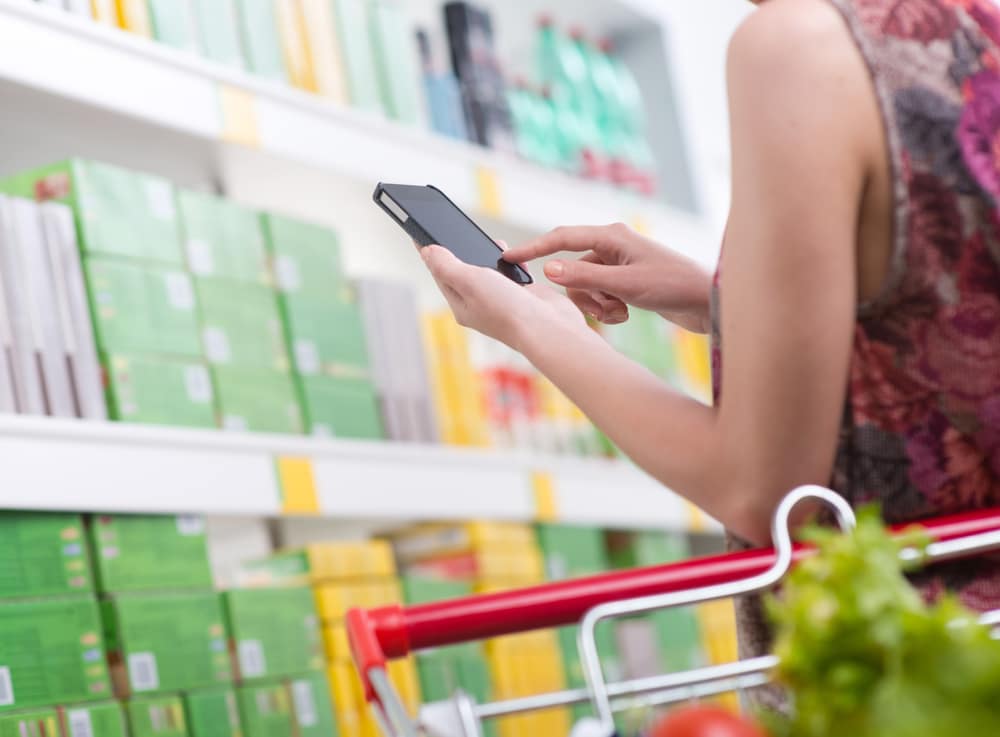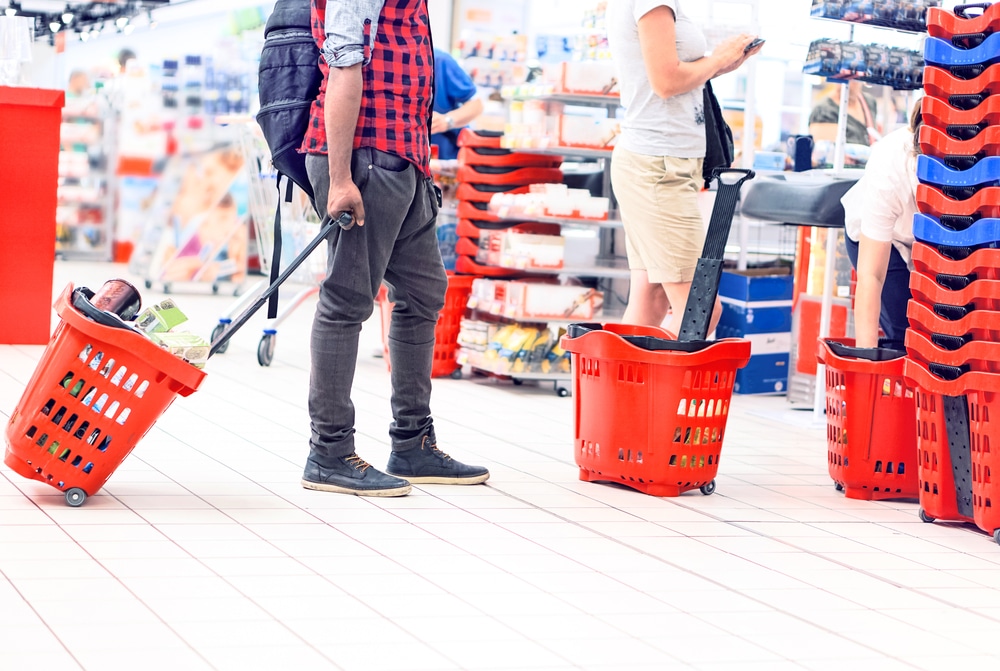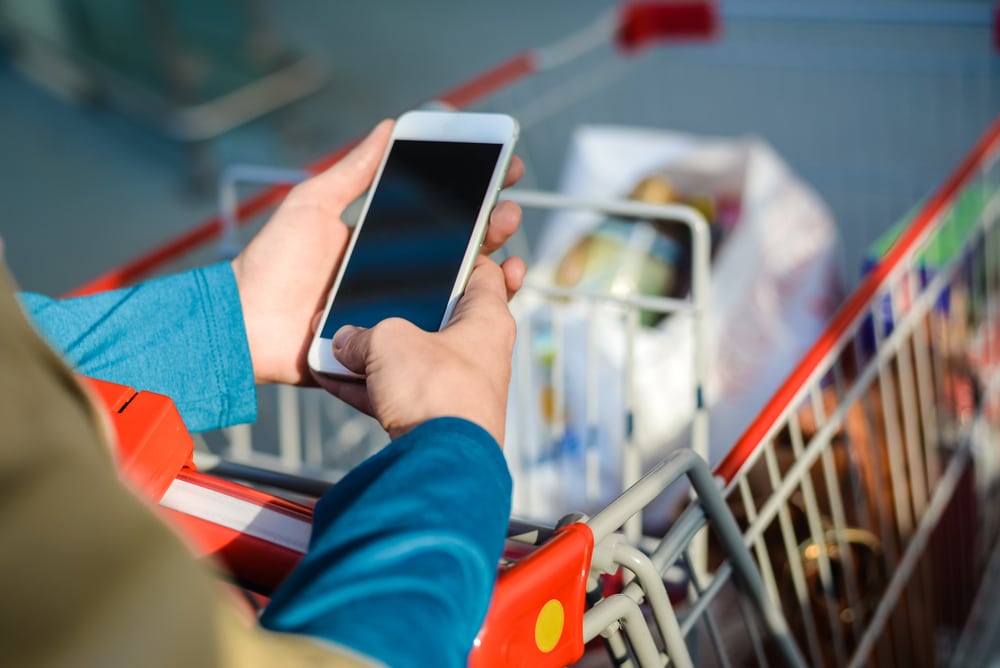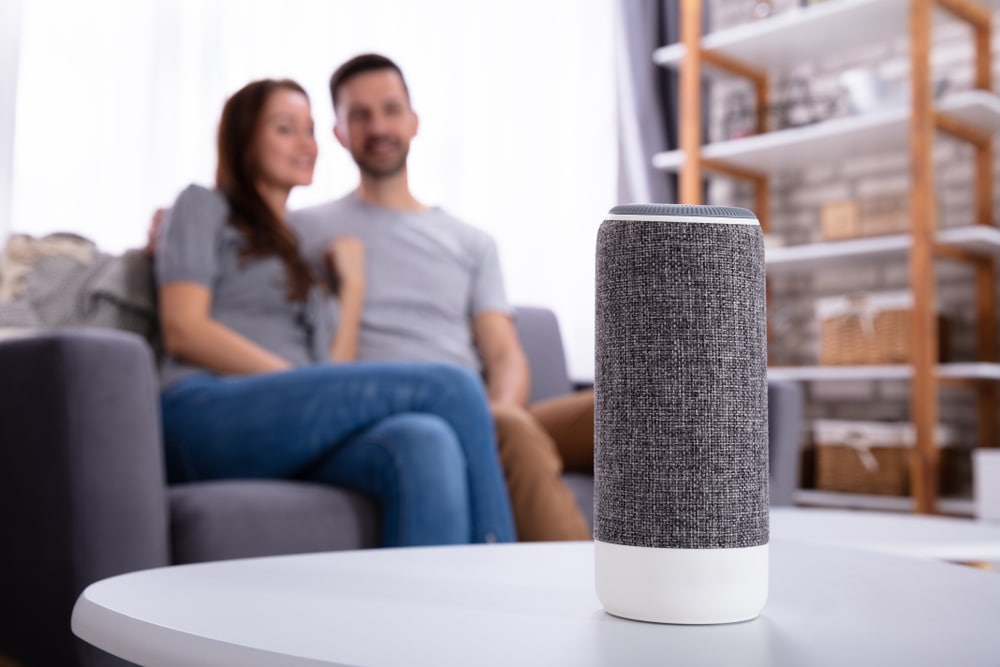How retailers are using these 8 innovative shopping experiences to boost consumer engagement
Retail brands have to adjust, adapt, and re-evaluate their priorities in order to maintain and expand a customer base in such a market. As a result, stores are now being designed to increase consumer engagement. Retail is no longer about convenience, cost-reduction, or quality. The industry is now dedicated to creating innovative shopping experiences above all else.
The following examples show how smart retailers are stepping up to this challenge, creating exciting omnichannel experiences for customers, and disrupting the industry as we know it.
#1: Augmented Reality
AR technologies broke onto the retail scene back in 2016 and have been rapidly expanding ever since. These tools offer an exciting new experience for customers, who get to experiment with new products from the convenience of their smartphone screens. AR has shifted the way customers purchase clothes, furniture, beauty products, and even cars (as you can see below).
Innovations in beauty
Brands like Sephora, L’Oreal, MAC Cosmetics, and Estee Lauder are taking advantage of AR tech specifically designed for beauty brands. These tools create virtual try-on experiences using a combination of machine learning and facial recognition technology.
A new kind of showroom
Jeep released an app titled Jeep Adventure Reality which uses AR tech to help customers “explore every possibility” by creating their own custom vehicles straight from their iPhones. With 360° views, you can walk around and even go inside your ideal Jeep without ever setting foot in a car dealership.
Try before you buy
Target now lets customers try out potential furniture purchases through AR functionality in the Target app. Customers can click straight from a product page into an AR module that lets customers see how the new furniture would look in their space, easing the journey to conversion.
#2: Frictionless Checkout
Self-checkout is standard—but “no checkout” is the future. When Amazon Go launched their first register-free stores, customers poured in by the thousands to experience a new level of convenience. A combination of computer vision, machine learning, and sensor fusion technologies created Amazon’s “Just Walk Out” formula, which automatically tracks and charges customer purchases and eliminates the need for a register, cashier, or queue. Frictionless shopping is the experience all customers crave, and the retail industry is moving rapidly to accommodate.
#3: Shoppable Social Media
Retailers have been marketing items extensively across social media platforms for years—particularly on image-heavy platforms like Instagram—and consumers have long been clamoring to purchase items seamlessly from within those platforms. Today, Instagram hosts its own checkout platform, YouTube offers a product carousel option, and Twitter provides “Buy Now” functionality. Burberry was one of the first major retailers to take advantage of shoppable social technology, but they certainly weren’t the last. Today’s customers now expect innovative shopping experiences to extend from stores to their social feeds and beyond.
#4: Innovative Rewards Apps
Loyalty programs are also getting a facelift in today’s retail revolution. While sales, discounts, and coupons are still some of the most common strategies used by retailers to entice returning customers, many brands are innovating with rewards apps that don’t eat up profit margins. Proprietary loyalty programs can now be combined with third party apps like Shopkick, which turns an everyday shopping trip into a rewarding and exciting scavenger hunt. Innovative rewards apps like Shopkick drive sales, increase market share, and boost customer engagement for a wide variety of retail brands, including the following:
Stand out from the crowd
Rimmel London used Shopkick to drive customers to their product line and fight the clutter and noise of the cosmetics aisle. Their highly successful trial-in-aisle engagement strategy resulted in 14% market share taken from a competitor and a 5:1 overall ROI.
Nail the big moments
Leading up to the Super Bowl, Tyson Foods used Shopkick to drive foot traffic to their products in Sam’s Club stores. By offering rewards instead of discounts, the brand was able to secure greater in-aisle engagement numbers (57,000, to be exact), sell over 14,000 units, and impact over $193,000 in sales in just two months.
Try something new
Georgia-Pacific encouraged customers to engage with their new Dixie Ultra® Deep Dish Plates by using Shopkick’s rewards app. Shopkick drove customers to seek out the new products in aisle and incentivized actually picking up the product—an experience which ultimately drove incremental purchases from 50% of new shoppers.
#5: Small Format Stores
Small format stores are rapidly changing the face of retail going into 2020—especially those that are storefronts for digital native brands. Bonobos and Modcloth both recently opened innovative small-format stores without carrying inventory. Customers try on the clothing and simply have their purchases delivered later. More recently, the small format store has extended beyond the pop-up shop and the niche retail space. A large group of retailers, including Target and IKEA, are heeding customers’ call for small format shopping experiences. Both of these brands launched small format stores this year with limited inventory and significantly increased customer engagement.
#6: In-Store GPS
Mobile connectivity has solved one of the greatest customer pain points in big box stores: they don’t know where to find things, and they can’t find an employee to ask. Home Depot launched in-store GPS functionality with voice and image search to lead customers directly to their target items straight from their mobile app. In a similar vein, the Lowe’s Innovation Lab recently experimented with a pilot project for LoweBots—AI-driven customer service robots that can answer questions and guide customers through the store. Talk about an innovative shopping experience!
#7: Subscription Services
Companies like Birchbox and Fab Fit Fun may have launched back in 2010—but they’re booming now thanks in part to aggressive influencer marketing strategies and the public’s desire for innovative shopping experiences. Subscription services aren’t just for beauty brands anymore. Gwynnie Bee, Stitchfix, and thredUP all offer apparel options, while companies like BarkBox and Dollar Shave Club are making the rounds in more surprising categories. Even HP offers an Instant Ink subscription service to alleviate the hassle of purchasing refills. Subscription services combine the elements of personalization and surprise—both of which are both highly lucrative in today’s retail market.
#8: Experiential Concepts
Experiential retail is a valuable extension of the small-format trend, and has grown so popular it deserves its own mention here. Concept stores have cropped up in the last year from brands as small as Flowerboy Project all the way up to household names like Nike and Adidas. The goal: to provide such an innovative shopping experience that thousands of customers will be attracted into the store just to witness it for themselves. There is nothing more exciting in today’s retail market than the experiential concept store—and executives are behind it as a money-making strategy for retailers looking to expand into new markets. We’ve highlighted some groundbreaking examples below.
Care for a nap?
Casper entered into the brick-and-mortar retail scene with a powerful concept store, which housed a collection of small “houses” where customers could take naps and test their mattress selection. Never in the history of retail have more customers walked through a mattress store “just for fun.”
Think multiuse
House of Vans London is an example of a concept store that’s more concept than store, and infinitely more popular because of it. The location houses cultural events, bars, workshops, a cinema space, and the only indoor skate park in the entire city of London—which is free and open to the public. Vans now benefits from the crowds of tourists and locals who flock to London’s hottest skate destination.
Opposites attract
When Capital One launched their first video advertisements for Capital One Cafe, some people called them crazy. Wiser onlookers saw the biggest innovation in the banking industry since the advent of the ATM. Capital One created a space where community events, lunch meetings, and finance coexist—bringing in new customers by the thousands.

